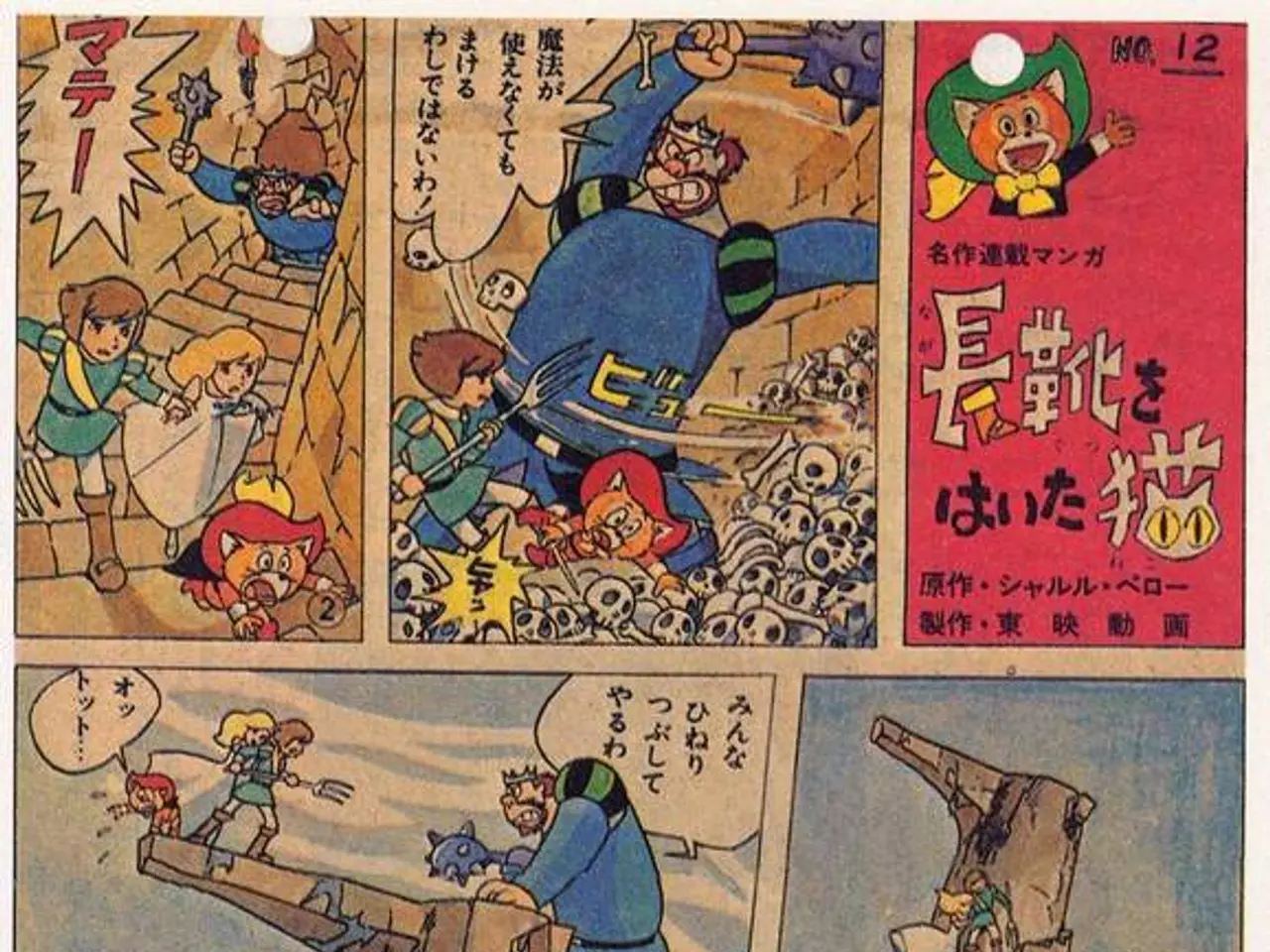Universities starting to incorporate craftwork in their academic programs again
In an era where attention and practical skills are in high demand, universities are reconsidering their approach to education. Integrating crafts into humanities education has emerged as a powerful pedagogical tool, enhancing traditional learning methods and fostering a new generation of adaptable, reflective, and skilled thinkers.
This innovative approach complements traditional humanities study, such as literature, philosophy, and history, by making language, narrative, and cultural expression concrete and multidimensional. Students are no longer mere observers, but active participants in the learning process. By engaging not only intellectually but physically and emotionally, students enrich their understanding of humanistic inquiry.
Craft activities demand focused attention and presence in the moment, cultivating mindfulness and countering the distractions of digital environments. The embodied nature of crafting encourages learners to connect with their sensory experience and creative growth, promoting reflection, patience, and a careful scrutiny of language and expression.
Hands-on crafts act as a bridge between theoretical concepts and practical application, helping students experience abstract ideas in material forms. This experiential learning approach bridges the perennial challenge in higher education of transferring knowledge beyond texts and lectures, fostering critical thinking through direct engagement. It embodies interdisciplinary values by linking cognitive and creative domains, thus preparing students to navigate complex real-world issues.
The practice of creating objects does not replace traditional analysis, but deepens it. In teaching Japanese literature and culture, for example, students create objects such as wooden bowls, ceramic tea cups, poetry, and gardens. This learning process involves both studying historical texts and artifacts, and creating them.
The integration of practical skills in education is a strategy to adapt to the digital age. As the value of written work decreases with the rise of AI, universities must rethink literacy in the age of digital automation. Bringing crafts back to universities, including humanities disciplines, can help redefine literacy and foster a more holistic and interdisciplinary learning environment.
This is not about turning universities into craft workshops, but creating a more balanced learning environment that combines mind and hand. The goal is to foster global citizenship and multi-disciplinary conversation, preparing students for the complexities of the modern world.
The decline in trust in universities may be partly explained by the loss of an integrated model that includes practical skills. Society needs to rethink the learning process, as stated by the Financial Times. Discussions of reforms in elite universities often focus on management and student admissions, but the integration of practical skills in education is a crucial aspect of adapting to the digital age.
Elite universities are facing growing criticism, accused of ideological bias, cultural detachment, and institutional arrogance. The integration of practical skills in education can help address these concerns by promoting interdisciplinary values and fostering a more inclusive and adaptable learning environment.
In conclusion, the integration of crafts into humanities education is a promising strategy for enhancing traditional learning methods and preparing students for the challenges of the digital age. By fostering mindfulness, connecting theory with practice, and promoting interdisciplinary values, universities can redefine literacy and create a more holistic and adaptable learning environment.




